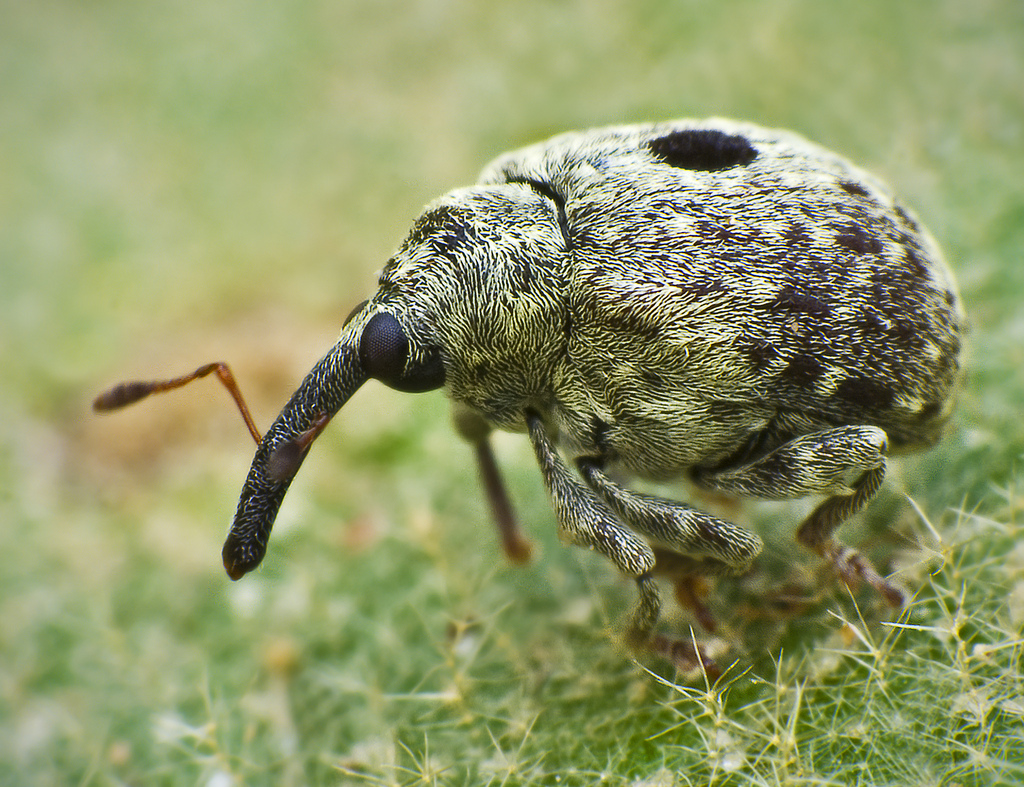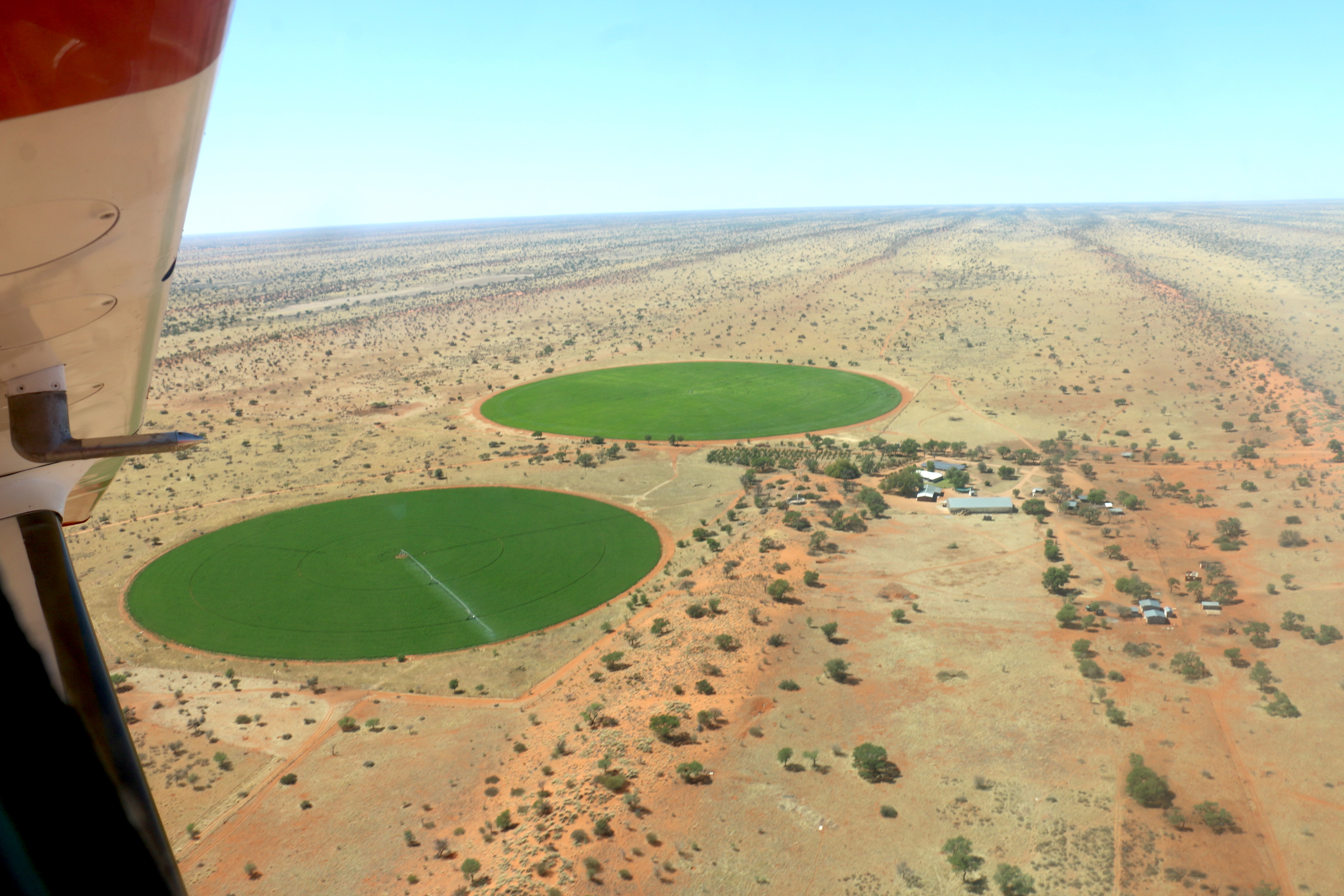|
Sitona Cylindricollis
''Sitona cylindricollis'', the sweetclover weevil, is a species of broad-nosed weevil in the beetle family Curculionidae. It is found in North America, where it is a pest of sweetclover and alfalfa Alfalfa () (''Medicago sativa''), also called lucerne, is a perennial plant, perennial flowering plant in the legume family Fabaceae. It is cultivated as an important forage crop in many countries around the world. It is used for grazing, hay, .... Larvae feed on the root nodules of these plants, eventually pupating near the soil surface. References Further reading * * External links * Entiminae Articles created by Qbugbot Beetles described in 1840 Agricultural pest insects Beetles of North America {{Entiminae-stub ... [...More Info...] [...Related Items...] OR: [Wikipedia] [Google] [Baidu] |
Broad-nosed Weevil
The Entiminae are a large subfamily in the weevil family Curculionidae, containing most of the short-nosed weevils, including such genera as ''Entimus'', ''Otiorhynchus'', ''Phyllobius'', ''Sitona'', and ''Pachyrhynchus, Pachyrrhynchus''. In comparison with their stunning diversity, only a few of these weevils are notorious pest (organism), pests of major economic importance. Entimines are commonly encountered in the field, including urban environments, and abundant in entomological collections. Diversity There are over 12,000 described species in the Entiminae subfamily worldwide, distributed in over 1,370 genera, which total nearly 14,000 by more recent counts. Most tribes are represented in only one biogeographic region of the world. The current classification within the subfamily has been recognized as artificial rather than reflecting natural groups. General morphology Besides the shape of their broad and short rostrum, most entimines are easily recognized by the prese ... [...More Info...] [...Related Items...] OR: [Wikipedia] [Google] [Baidu] |
Curculionidae
The Curculionidae are a family of weevils, commonly called snout beetles or true weevils. They are one of the largest animal families with 6,800 genera and 83,000 species described worldwide. They are the sister group to the family Brentidae. They include the bark beetles as the subfamily Scolytinae, which are modified in shape in accordance with their wood-boring lifestyle. They do not much resemble other weevils, so they were traditionally considered a distinct family, Scolytidae. The family also includes the ambrosia beetles, of which the present-day subfamily Platypodinae was formerly considered the distinct family Platypodidae. Description Adult Curculionidae can be recognised by the well-developed, downwards-curved snout (Rostrum (anatomy), rostrum) possessed by many species, though the rostrum is sometimes short (e.g. Entiminae). They have elbowed Antenna (biology), antennae that end in clubs, and the first antennal segment often fits into a groove in the side of the rost ... [...More Info...] [...Related Items...] OR: [Wikipedia] [Google] [Baidu] |
Sweetclover
''Melilotus'', known as melilot or sweet clover is a genus of legumes in the family Fabaceae, native to Europe, Asia, and Africa. The genus is closely related to ''Trifolium'' (clovers). Several species are common grassland plants and weeds of cultivated ground, and some species are now found worldwide as naturalised plants. The scientific and English names both derive from Greek ''melílōtos'' from ''méli'' (honey), and ''lōtos'' ( lotus), via Latin ''melilōtos'' and Old French ''mélilot''. The alternative name "sweet clover" varies in orthography, also cited as sweet-clover and sweetclover. Other names include "kumoniga", from the Cumans.Bulgarian Folk Customs, Mercia MacDermott, pg 27 Description The species are annual, biennial, or perennial herbaceous plants, growing to 50–150 cm tall, with trifoliate leaves similar to clover but narrower, the leaflets only about half as wide as long, and with a serrated margin; each leaf also has two small basal stipules. The flowe ... [...More Info...] [...Related Items...] OR: [Wikipedia] [Google] [Baidu] |
Alfalfa
Alfalfa () (''Medicago sativa''), also called lucerne, is a perennial plant, perennial flowering plant in the legume family Fabaceae. It is cultivated as an important forage crop in many countries around the world. It is used for grazing, hay, and silage, as well as a green manure and cover crop. The name alfalfa is used in North America. The name lucerne is more commonly used in the United Kingdom, South Africa, Australia, and New Zealand. The plant superficially resembles clover (a cousin in the same family), especially while young, when glossary of leaf morphology#trifoliate, trifoliate leaves comprising round leaflet (botany), leaflets predominate. Later in maturity, leaflets are elongated. It has raceme, clusters of small purple flowers followed by fruits spiralled in two to three turns containing 10–20 seeds. Alfalfa is native to warmer temperate climates. It has been cultivated as livestock fodder since at least the era of the Ancient Greece, ancient Greeks and Ancient R ... [...More Info...] [...Related Items...] OR: [Wikipedia] [Google] [Baidu] |
Sitona Cylindricollis, Brymbo, North Wales, Aug 2016 2 - Flickr - Janetgraham84
''Sitona'' is a large genus of weevils in the family Curculionidae native to the Nearctic and Palaearctic regions. Over 100 species have been described. ''Sitona'' is easily distinguished from related genera by flat, recumbent scales on the mandibles, by the absence of an oval scar on the mandibles, by short and broad rostrum with a deep, longitudinal, median groove, and by dense scales on the body.Donald E. Bright, Patrice Bouchard. ''The Insects and Arachnids of Canada'', Part 25: ''Coleoptera. Curculionidae. Entiminae. Weevils of Canada and Alaska''. Vol. 2. Ottawa, NRC Research Press, 2008. . P. 178-203. ''Sitona'' specialize on legumes, plants of the family Fabaceae. The larvae eat the root nodulesKorortyaev, B. A. and A. J. Velázquez de Castro González. (2011)A new species of the weevil genus ''Sitona'' Germar (Coleoptera: Curculionidae) from Mt. Hermon in Israel.''Proceedings of the Zoological Institute RAS'' 315(1) 85-88. and the adults eat the leaves. Several species of ... [...More Info...] [...Related Items...] OR: [Wikipedia] [Google] [Baidu] |
Entiminae
The Entiminae are a large subfamily in the weevil family Curculionidae, containing most of the short-nosed weevils, including such genera as ''Entimus'', ''Otiorhynchus'', ''Phyllobius'', ''Sitona'', and ''Pachyrhynchus, Pachyrrhynchus''. In comparison with their stunning diversity, only a few of these weevils are notorious pest (organism), pests of major economic importance. Entimines are commonly encountered in the field, including urban environments, and abundant in entomological collections. Diversity There are over 12,000 described species in the Entiminae subfamily worldwide, distributed in over 1,370 genera, which total nearly 14,000 by more recent counts. Most tribes are represented in only one biogeographic region of the world. The current classification within the subfamily has been recognized as artificial rather than reflecting natural groups. General morphology Besides the shape of their broad and short rostrum, most entimines are easily recognized by the prese ... [...More Info...] [...Related Items...] OR: [Wikipedia] [Google] [Baidu] |
Articles Created By Qbugbot
Article often refers to: * Article (grammar) In grammar, an article is any member of a class of dedicated words that are used with noun phrases to mark the identifiability of the referents of the noun phrases. The category of articles constitutes a part of speech. In English language, Engl ..., a grammatical element used to indicate definiteness or indefiniteness * Article (publishing), a piece of nonfictional prose that is an independent part of a publication Article(s) may also refer to: Government and law * Elements of treaties of the European Union * Articles of association, the regulations governing a company, used in India, the UK and other countries; called articles of incorporation in the US * Articles of clerkship, the contract accepted to become an articled clerk * Articles of Confederation, the predecessor to the current United States Constitution * Article of impeachment, a formal document and charge used for impeachment in the United States * Article of m ... [...More Info...] [...Related Items...] OR: [Wikipedia] [Google] [Baidu] |
Beetles Described In 1840
Beetles are insects that form the Taxonomic rank, order Coleoptera (), in the superorder Holometabola. Their front pair of wings are hardened into wing-cases, elytra, distinguishing them from most other insects. The Coleoptera, with about 400,000 described species, is the largest of all orders, constituting almost 40% of described arthropods and 25% of all known animal species; new species are discovered frequently, with estimates suggesting that there are between 0.9 and 2.1 million total species. However, the number of beetle species is challenged by the number of species in Fly, dipterans (flies) and hymenopterans (wasps). Found in almost every habitat except the sea and the polar regions, they interact with their ecosystems in several ways: beetles often feed on plants and fungi, break down animal and plant debris, and eat other invertebrates. Some species are serious agricultural pests, such as the Colorado potato beetle, while others such as Coccinellidae (ladybirds or ... [...More Info...] [...Related Items...] OR: [Wikipedia] [Google] [Baidu] |
Agricultural Pest Insects
A pest is any organism harmful to humans or human concerns. The term is particularly used for creatures that damage crops, livestock, and forestry or cause a nuisance to people, especially in their homes. Humans have modified the environment for their own purposes and are intolerant of other creatures occupying the same space when their activities impact adversely on human objectives. Thus, an elephant is unobjectionable in its natural habitat but a pest when it tramples crops. Some animals are disliked because they bite or sting; wolves, snakes, wasps, ants, bed bugs, fleas and ticks belong in this category. Others enter the home; these include houseflies, which land on and contaminate food; beetles, which tunnel into the woodwork; and other animals that scuttle about on the floor at night, like rats and cockroaches, which are often associated with unsanitary conditions. Agricultural and horticultural crops are attacked by a wide variety of pests, the most important being ro ... [...More Info...] [...Related Items...] OR: [Wikipedia] [Google] [Baidu] |






